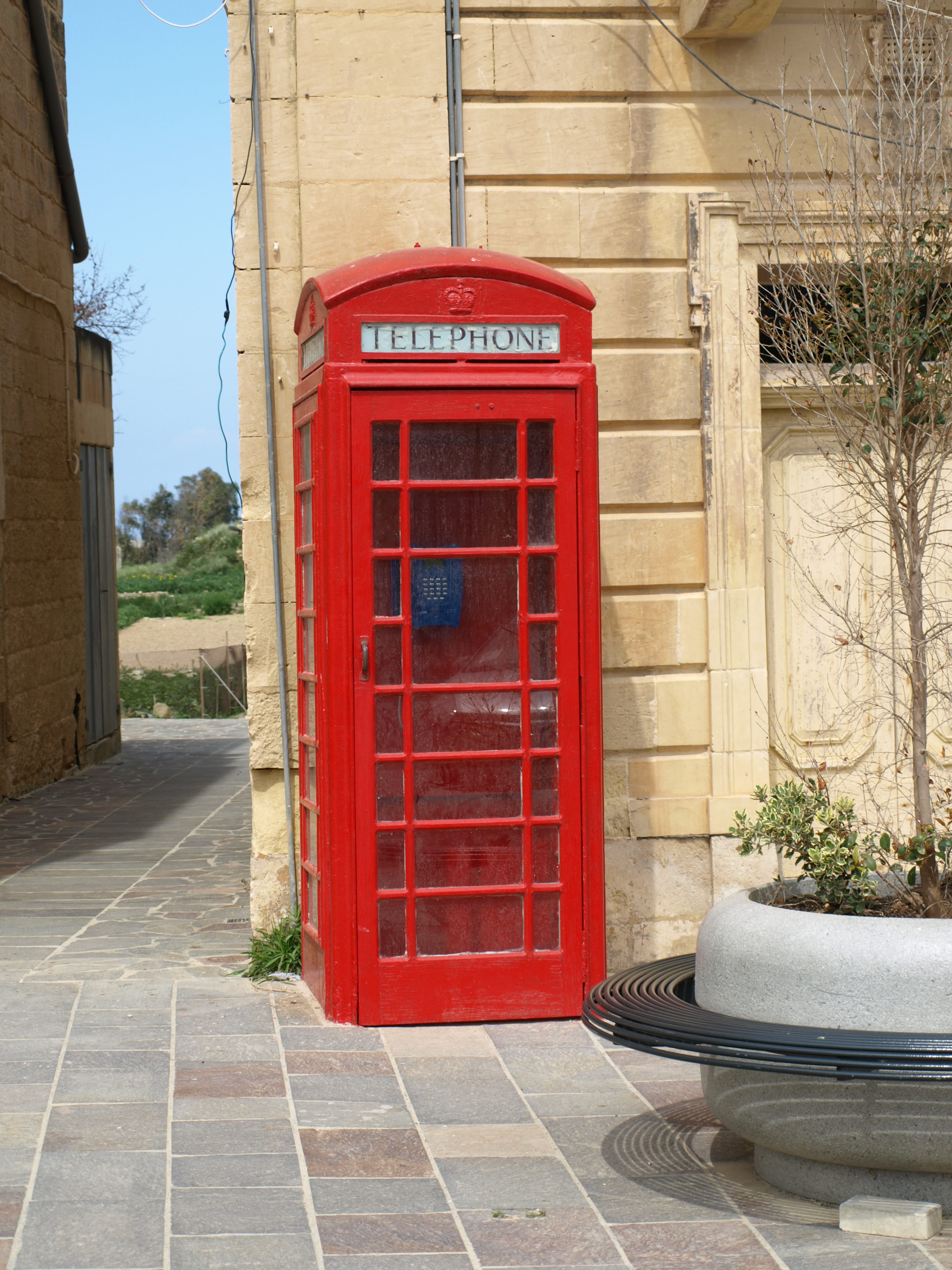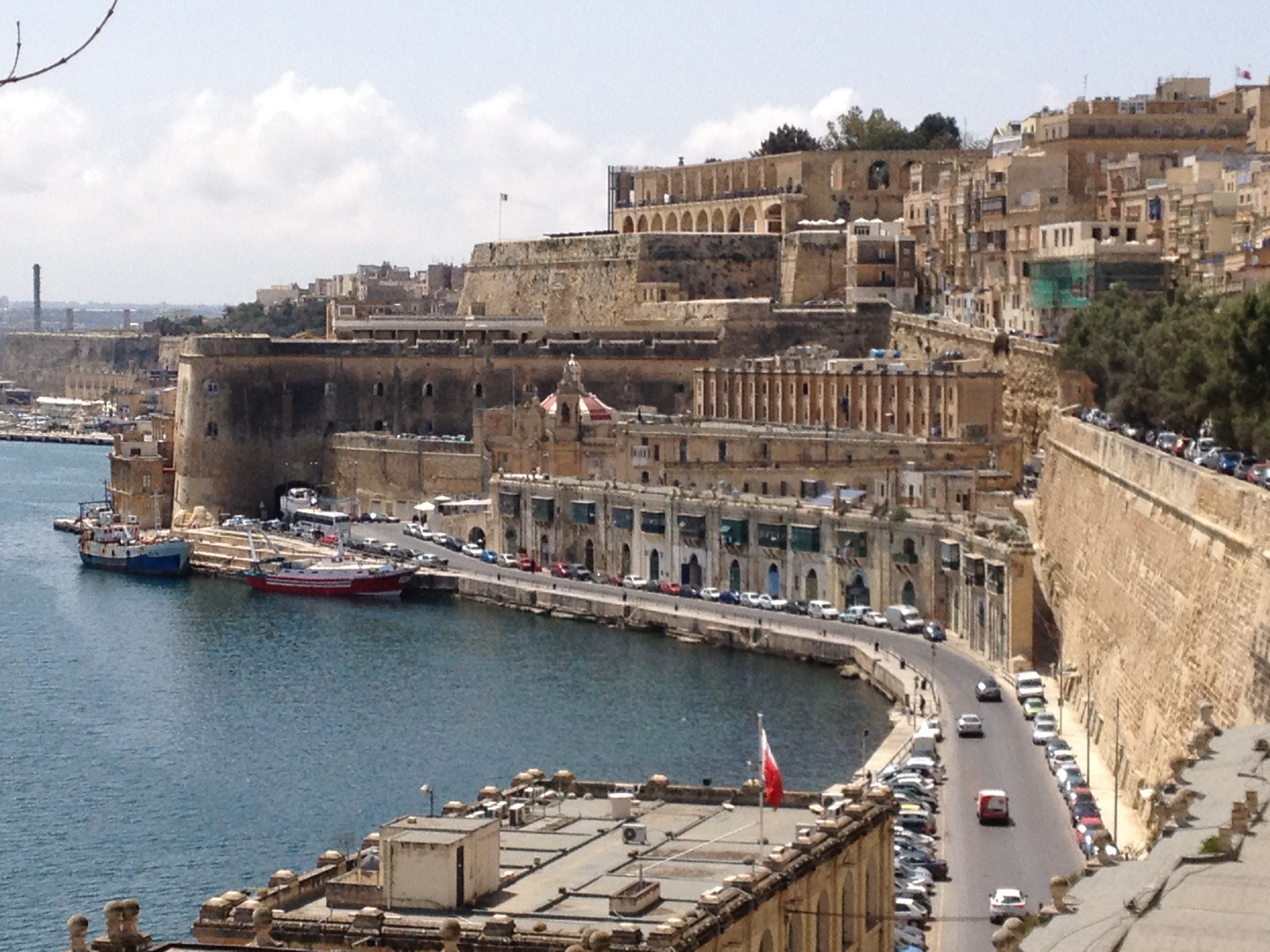
I started my looking back … series some weeks ago with a summary about our holiday in Tuscany in 2016. Now it’s our visit to Malta!
(Why do I do this?
Well, technically many features of my blogging platform have been enhanced … also sometimes there are too many photos requiring too much storage space … Concerning my growing blog size as well as the progress it seems sensible to attack old posts and streamline them.)
The photo on top gives you a view of Valletta: there are the remnants of Malta’s past, mainly the fortifications, while modern features are integrated – mainly to allow traffic to flow. Malta has a great past, although a very martial past, allowing later on to thrive as a trading hub with a busy harbour. Especially all over Valletta splendid old buildings remind us of the glory of the past.
However: What does your mind cross when thinking of Malta?
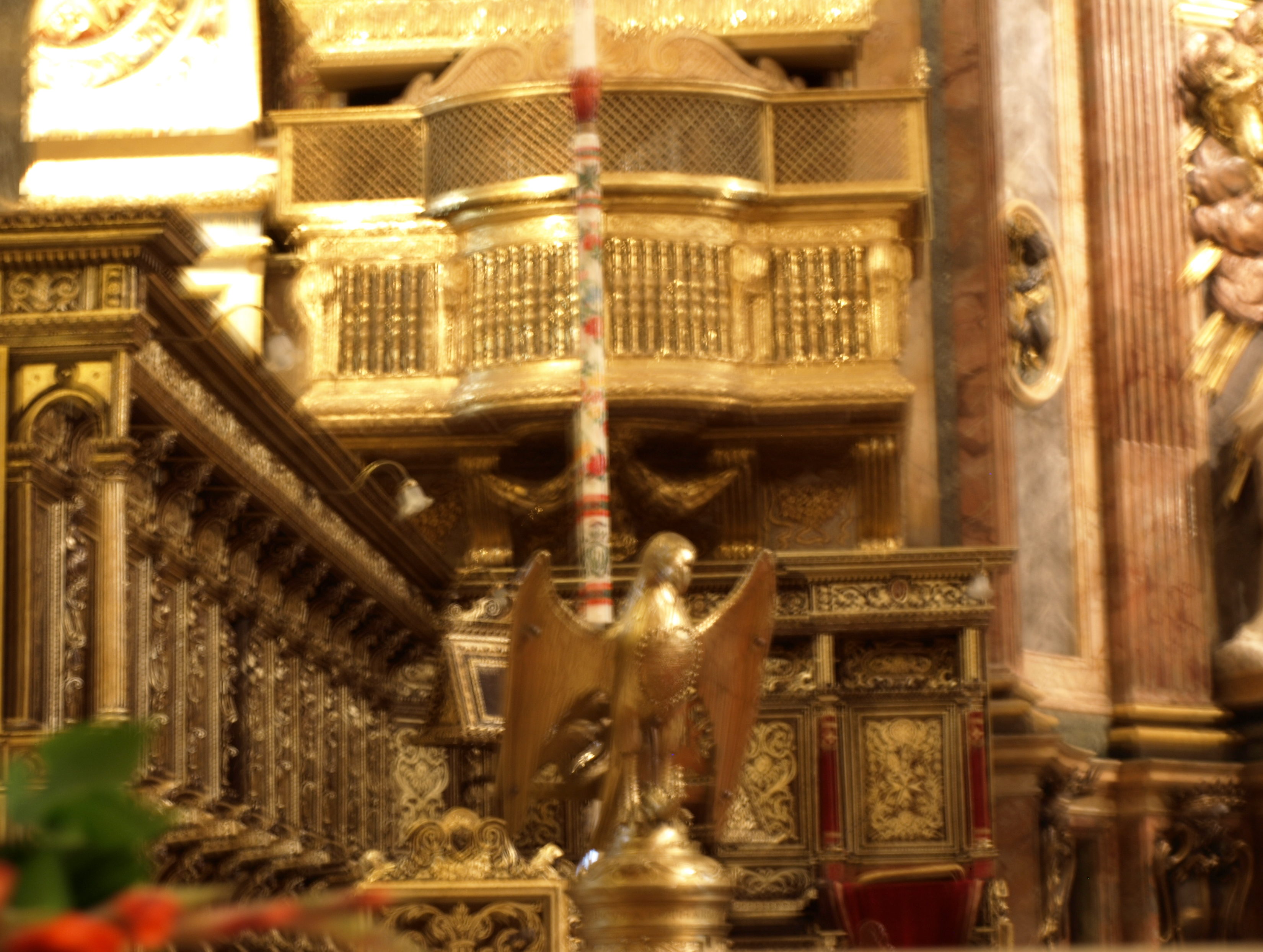
(Well – I don’t know what you’ll imagine …) I always think The Maltese Falcon – Dashiell Hammett’s famous crime novel (and masterpiece!) made into an even more famous movie by John Huston starring the immortal Humphrey Bogart. So I thought – very vaguely – about (maybe) tracing the falcon myth’s origin … or so …
What did we found?
The picture above shows a falcon (pls excuse the rather poor quality, but nobody is allowed to use flashlights in the cathedral). The falcon sits near the main altar of St. John’s Co-Cathedral in Valletta. From the outside the cathedral seems modest & unpretentious, however, opulence rules indoors.
Malta was granted to the Knights of St. John after being expelled from Rhodos by the Ottoman Empire. Emperor Charles V from Spain & the Holy Roman Empire gave them the islands in exchange for an annual fee of a single Maltese falcon to be sent each year on All Soul’s Day to the Viceroy of Sicily. So far the history (pls refer to Wikipedia for more details) as well as the crime novel.
Valletta & its cathedral were built – beginning – in the 16th century after the victory of the Knights of St. John upon the Ottoman Empire in Malta. It became one of the most modern cities of its time & remained in its ground plan until today.
We walked the narrow streets from the top down to the coastline & back – it was a warm nice day in spring & we lost a lot of water…
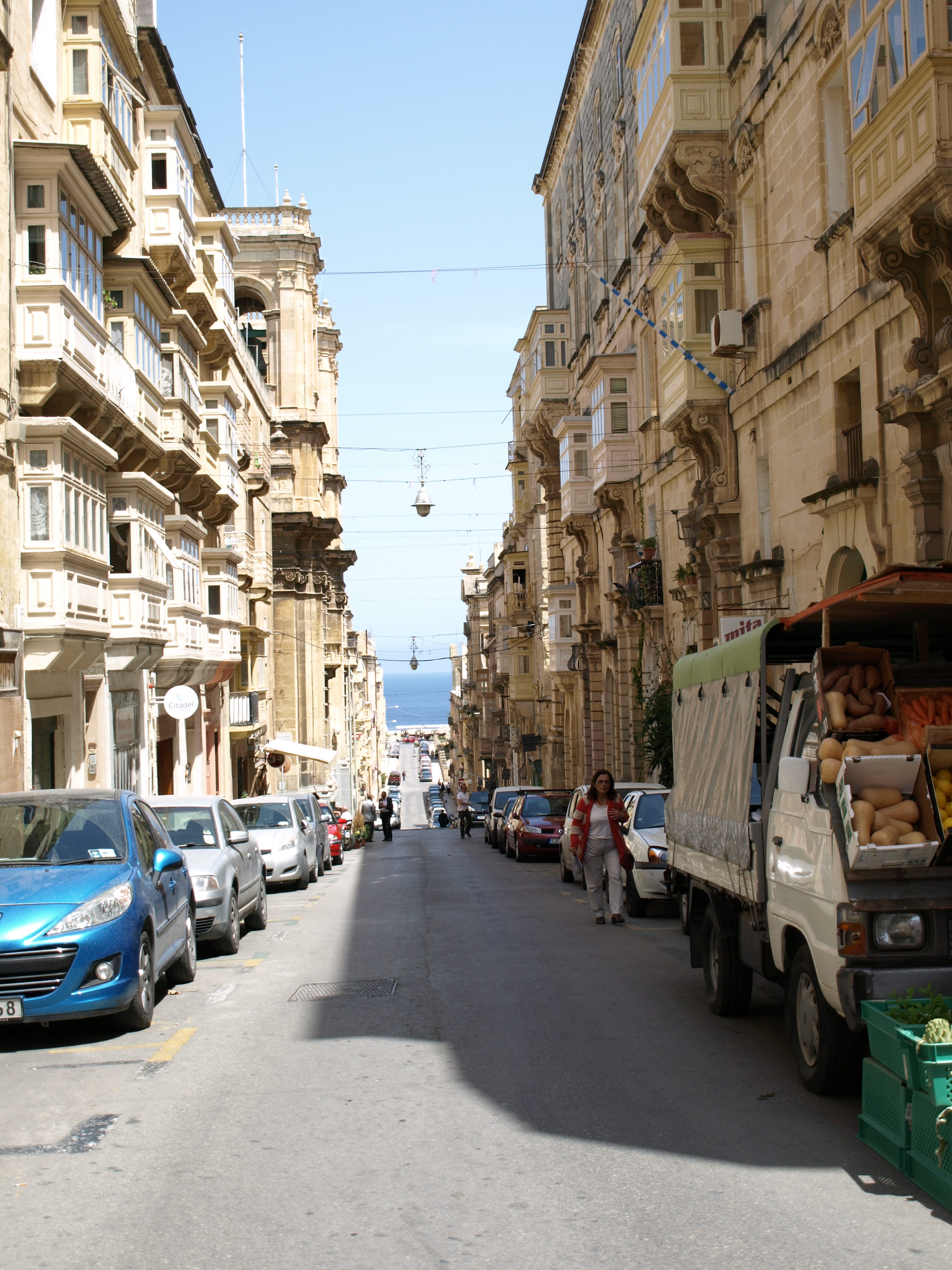
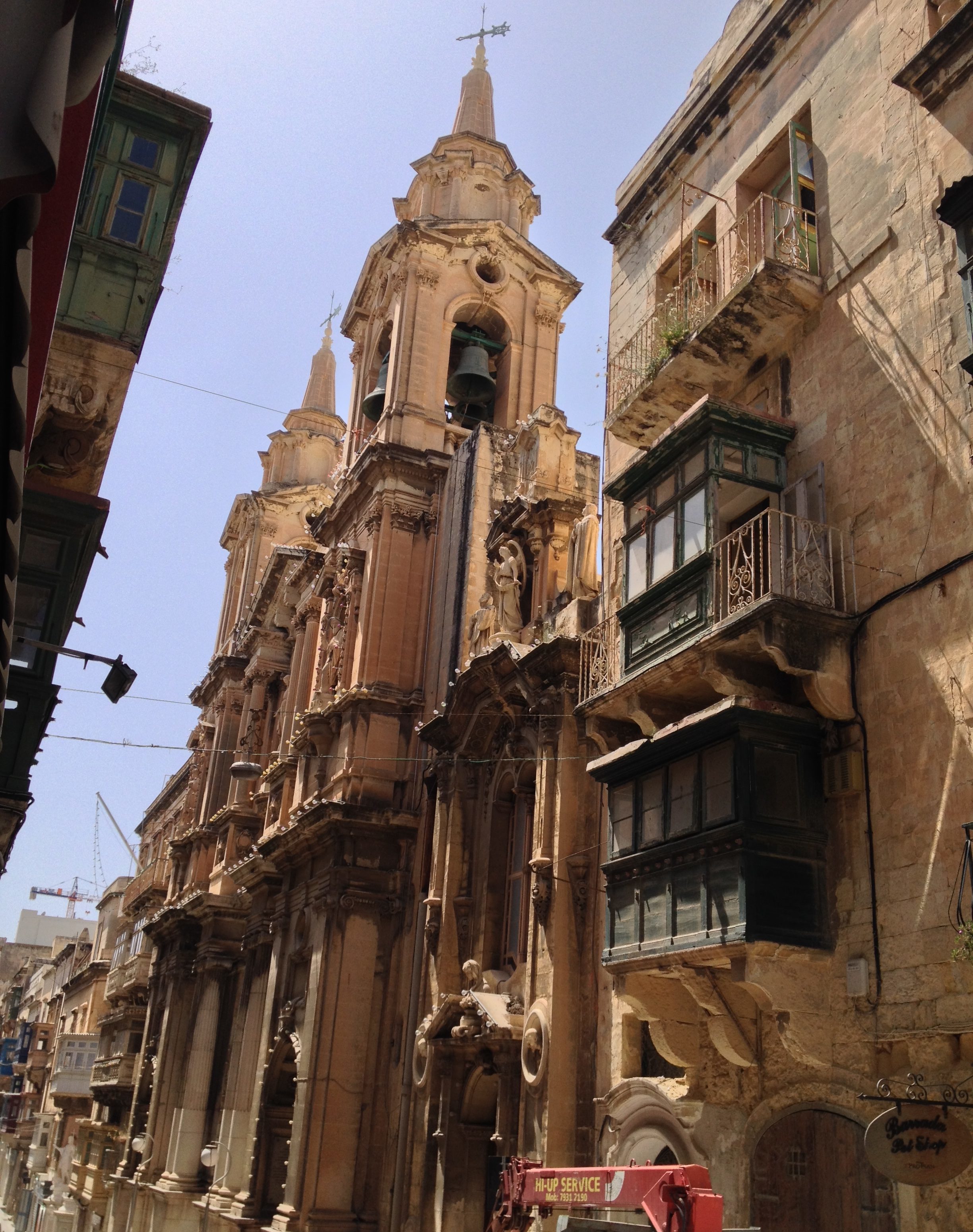
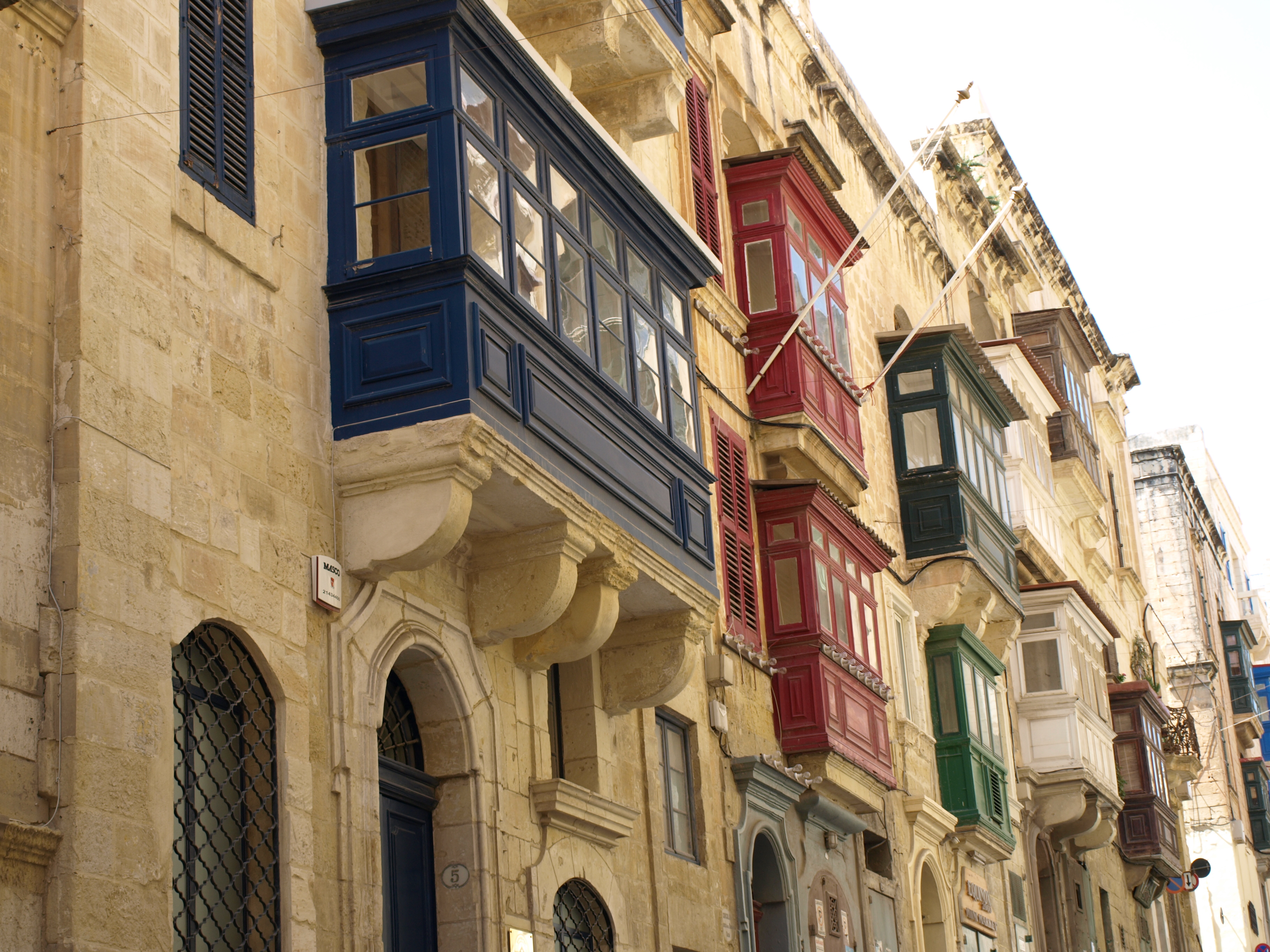
Of course, Valletta is only one face of Malta. Malta is more than a single island – there are some islands forming the state of Malta. The biggest island – next to Malta – is Gozo where we stayed during our holiday. (No problem: there is a busy ferry between Malta & Gozo – I remember it’s only about 30 min from boarding until deboarding.)
We cruised the islands (not only Valletta) & discovered a lot of beautiful beaches (I admit: we never adventured in Malta’s eastern coast north of Valletta – the party mile):
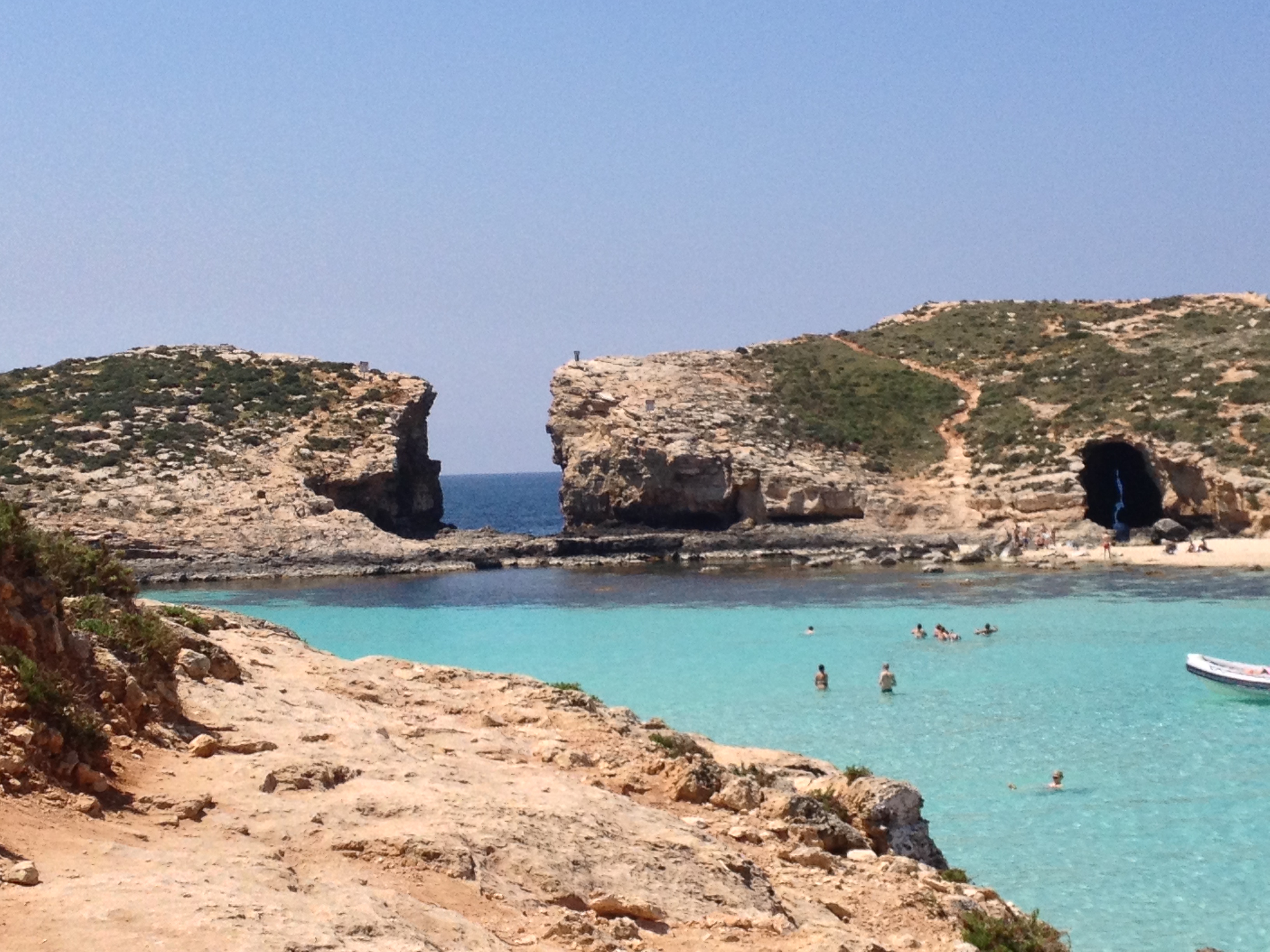
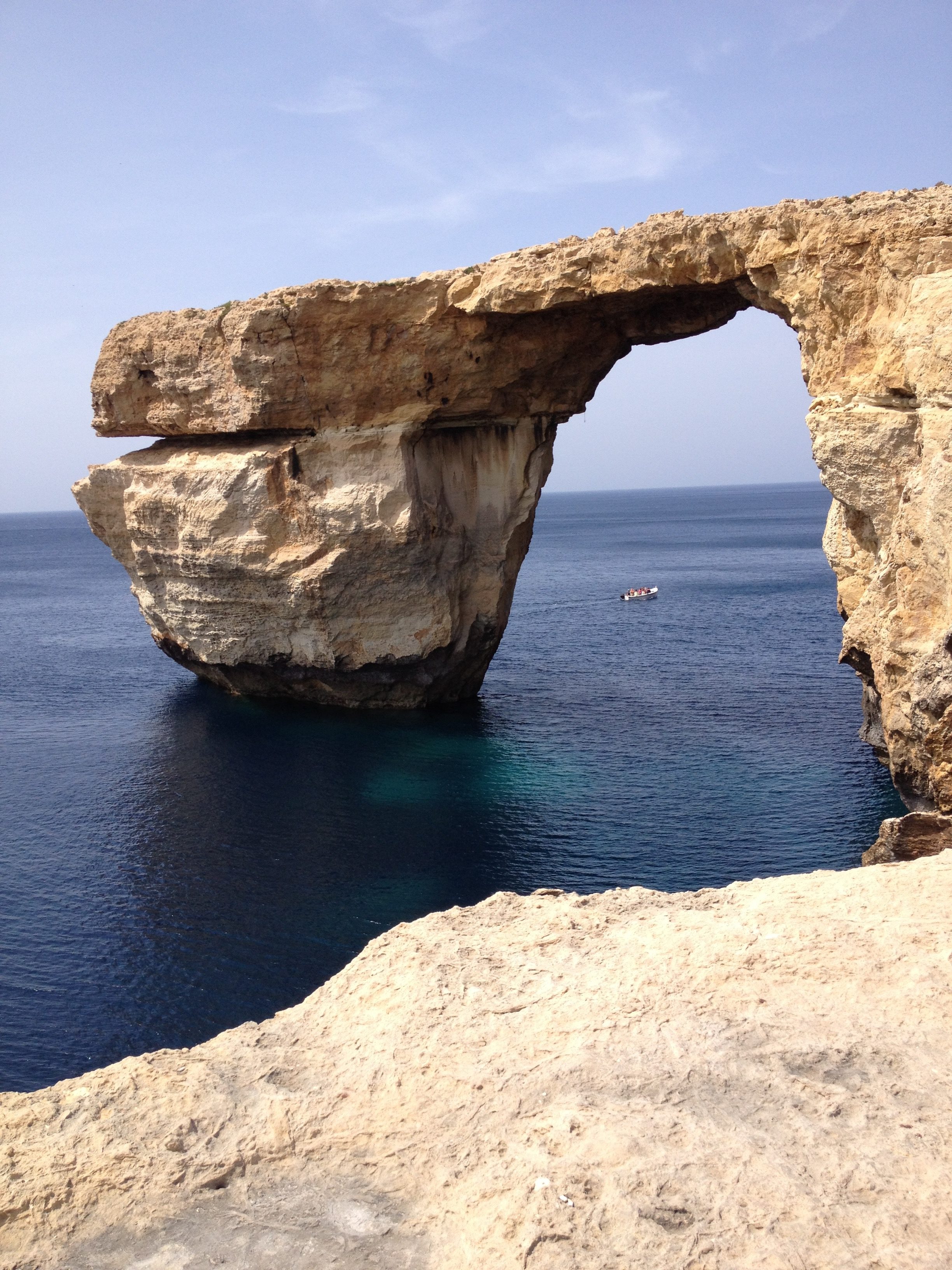
Among Malta’s highlights I like to point out Mdina, the “old capital” (before Valletta became the centre of power).
Mdina is a truly enchanting city – of course I refer to the traditional part. We went to Mdina on a very clear sunny day intensifying Mdina’s pureness.
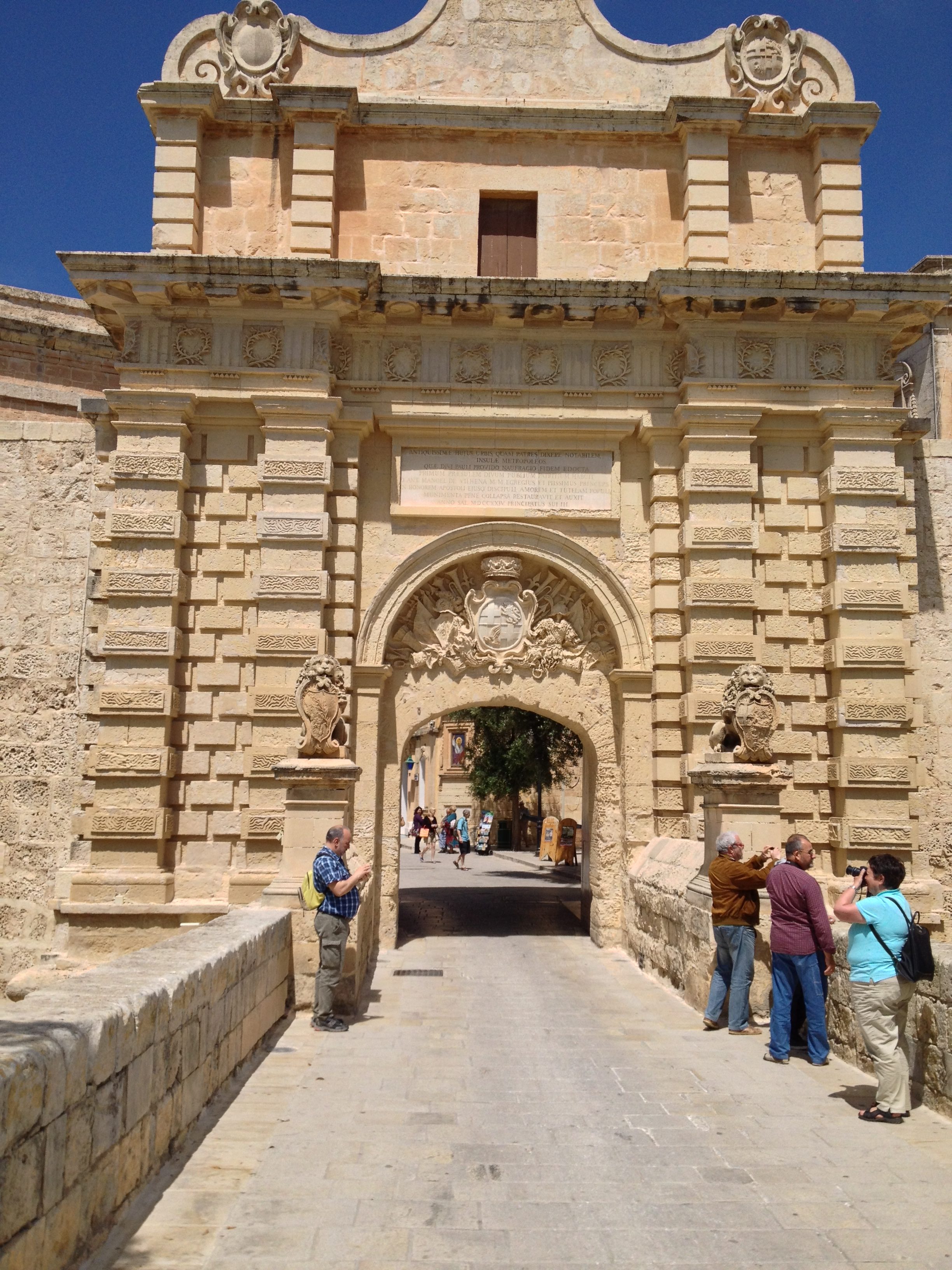
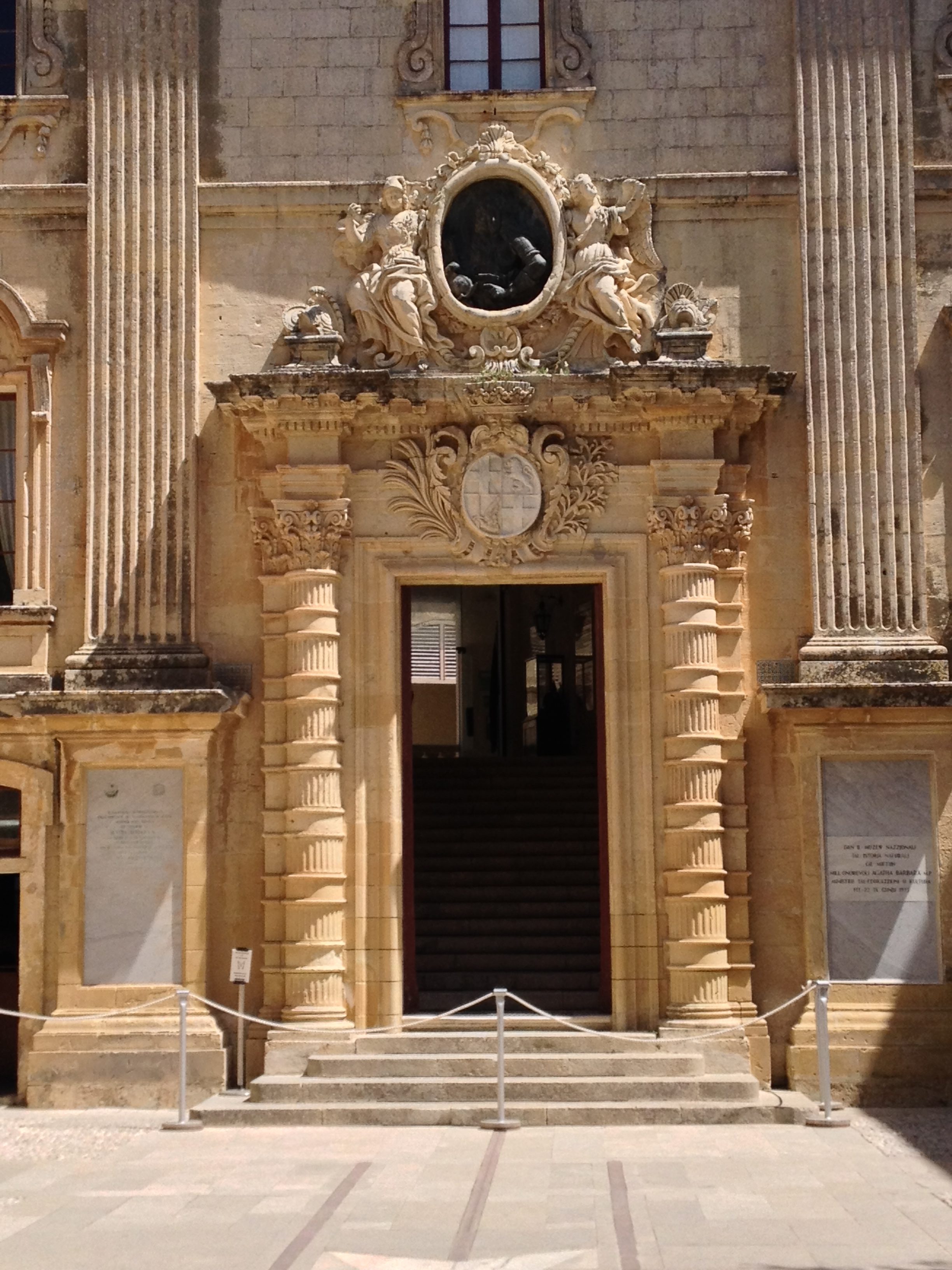
So – we went to Valletta from the 16th century, we went to Mdina before the 16th century – of course we went to all new places, too: however, now we’re going far, far back into the Neolithic Age. All over Malta & nearby islands there are relicts of Megalithic temples.
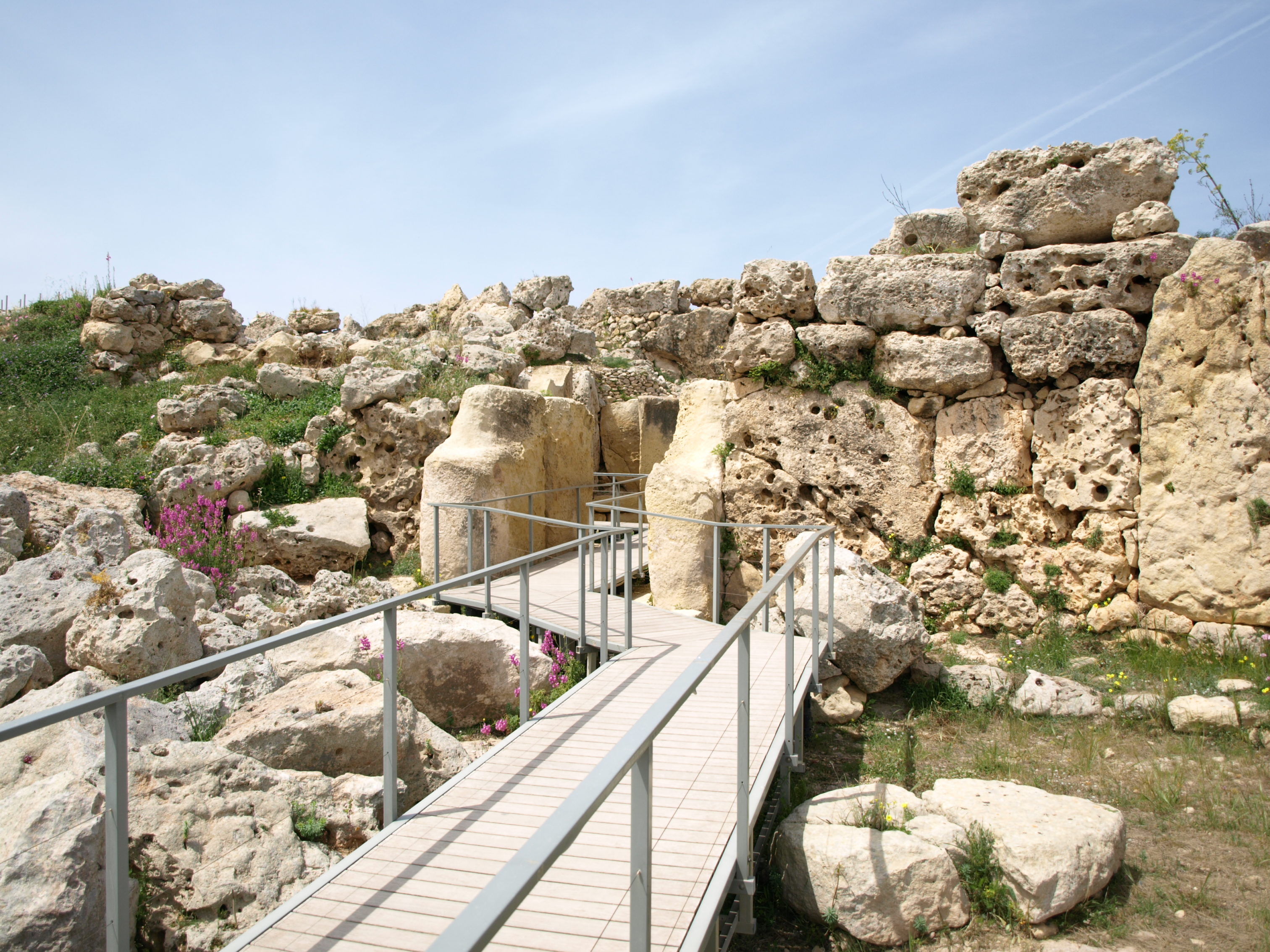
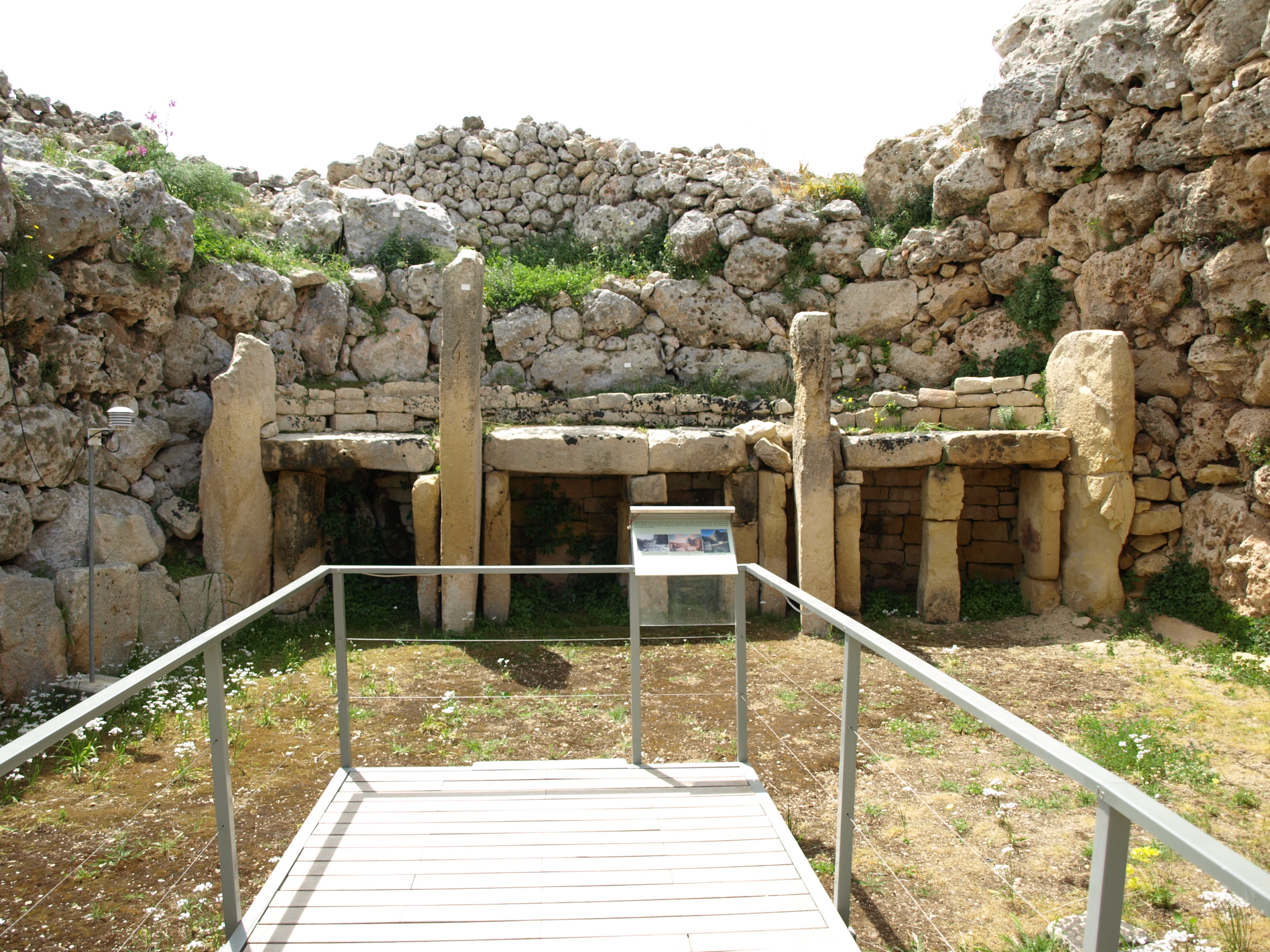
… and there are churches in Malta – lots of churches:
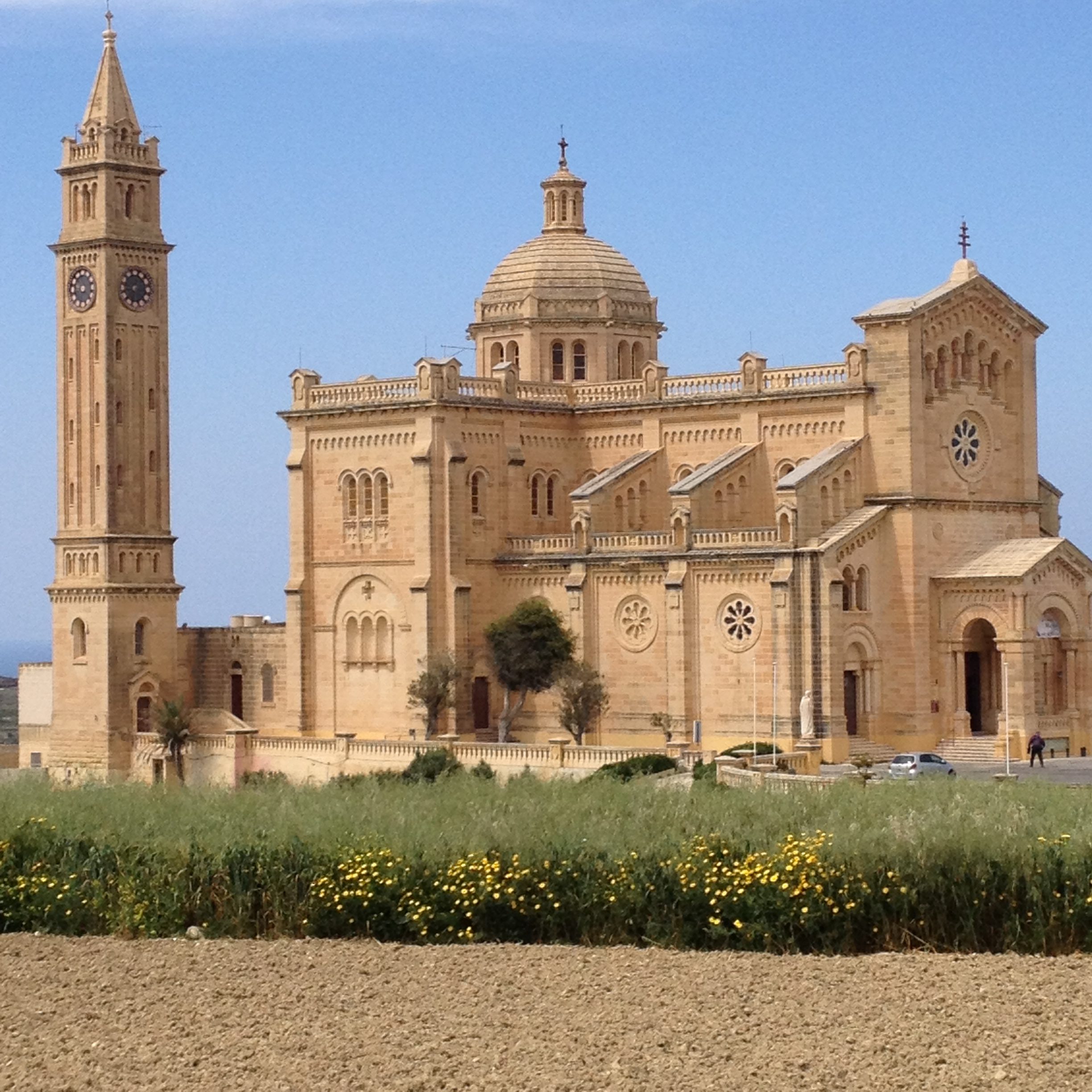
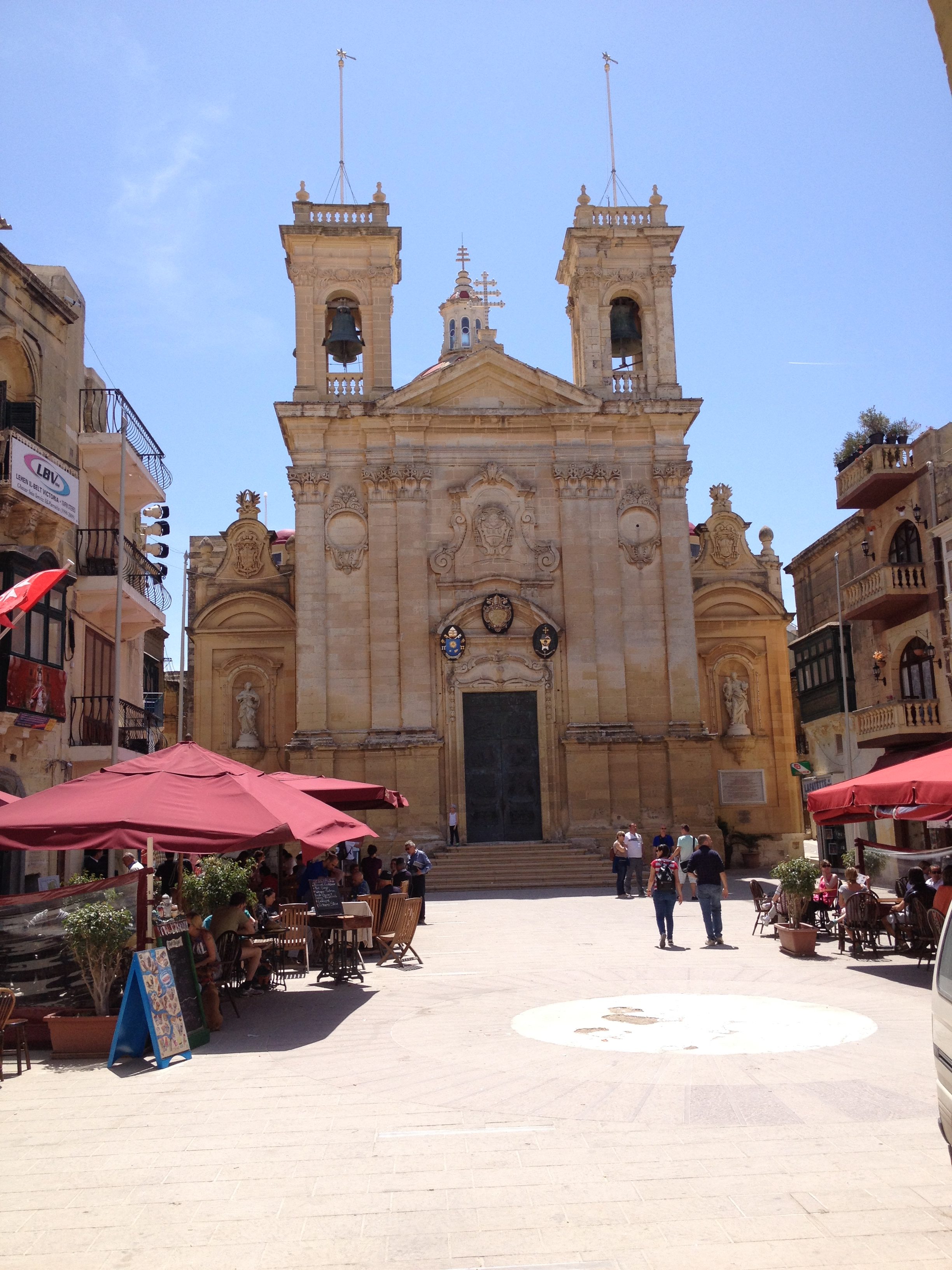


I assure that these are only very few of Malta’s churches …
Our trusted travel companions you’ll find here.
… and at the end: some familiar communication icon!
